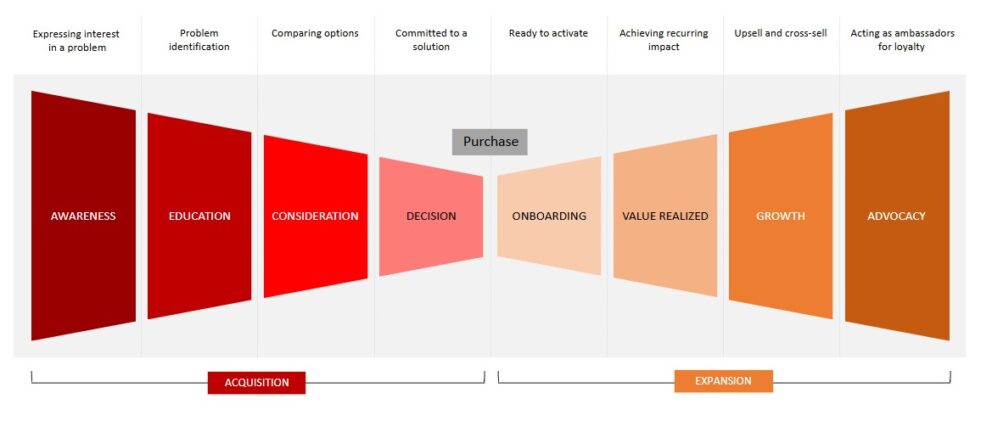Conducting ICP Audit For Your SaaS Business

Summary
Creating an Ideal Customer Profile (ICP) is crucial for a successful GTM strategy. The process involves auditing the customer database, conducting internal interviews, and market research to define the ICP, including personas and the buying committee. Sales and marketing alignment is essential for targeting the defined ideal customer and achieving common goals.
By Payal Parikh, VP of Client Services at Heinz Marketing
Most of us marketers have a generic idea of who our ideal customer is, and it’s crucial to communicate this information to everyone in the go-to-market (GTM) teams. When was the last time you defined your business’s Ideal Customer Profile (ICP)? When was the last time you validated that definition against your own data?
ICP stands for Ideal Customer Profile, and it’s a detailed description of the type of customer who would benefit most from your SaaS business. To put it into perspective, it’s the kind of business that is most likely to become your customer and eventually your most valued one. Creating the ICP is a crucial step in developing a successful GTM strategy. Here’s how we help our clients determine their ICP. Although in most cases, clients have an idea of what that looks like, we help them audit it and fine-tune their understanding.
Before creating your ideal ICP, follow these three steps:
- Audit your current customer database: Analyze your current customer base and identify the most common characteristics among them. This includes but is not limited to Industry, company size by revenue, company size by the number of employees, geography, technologies used, etc. Next, audit everyone that is taking a free trial. See who is converting and who is not. This will give you valuable insight into who is not within your ICP. Lastly, identify your most profitable customers. Determine which of your current customers generates the most revenue or has the highest customer lifetime value (CLV). This will help you understand which type of customers are most valuable to your business.
- Conduct internal interviews: Interviewing your front-line sales is crucial for this step. Document buying signals they are looking out for, and document pain points they are hearing. Buying signals could include recent funding, recent layoffs or hiring, current contracts with existing SaaS vendors expiring, etc. Interview a couple of BDRs/SDRs and AEs in each geography. Front-line sales will also provide useful insight into who they talk to at each stage of the buying journey. This is useful information for documenting your buying committee and personas.
- Conduct market research: interview a few of your best customers and research your target market. This will help you understand their needs, their pain points, preferences, and buying behaviors. It will help you identify common needs that your SaaS business can fulfill.
Document and test your findings
- Document your ICP definition with all the firmographic and technographic data you collected above. Include buying signals your interviews uncovered. Read more about how to build and document ICP.
- Map out the buying committee: document who is the champion at these accounts and who are the decisions makers. Decision makers can be two kinds, a technical decision maker and a business decision maker who controls the budget. There are multiple influencers also involved that may be potential validators and/or derailers. And lastly, there’s a user of the SaaS product, sometimes it is your champion and sometimes it is someone else in the organization. Read more about how you can jump-start your buying committee map.
- Lastly, once you have mapped out the buying committee, it is important to document the personas. Include information such as their goals, business objectives, pain points, and what they celebrate as success.
- Validate your ICP: Test your ICP by targeting your marketing and sales efforts towards this customer profile. Monitor results and adjust your strategy as necessary. It is also important to revisit your ICP every now and then and make adjustments.
Remember, for any kind of foundational GTM work like this one, it is important to align internally. Sales and marketing alignment starts when you take sales inputs in developing these documents. And it solidifies even further when you all are working towards a common goal of targeting this ideal customer you defined together.
Let us know if we can help you define and refine your ICP. Reach out to us for a free 30 min consultation! payal@heinzmarketing.com.






